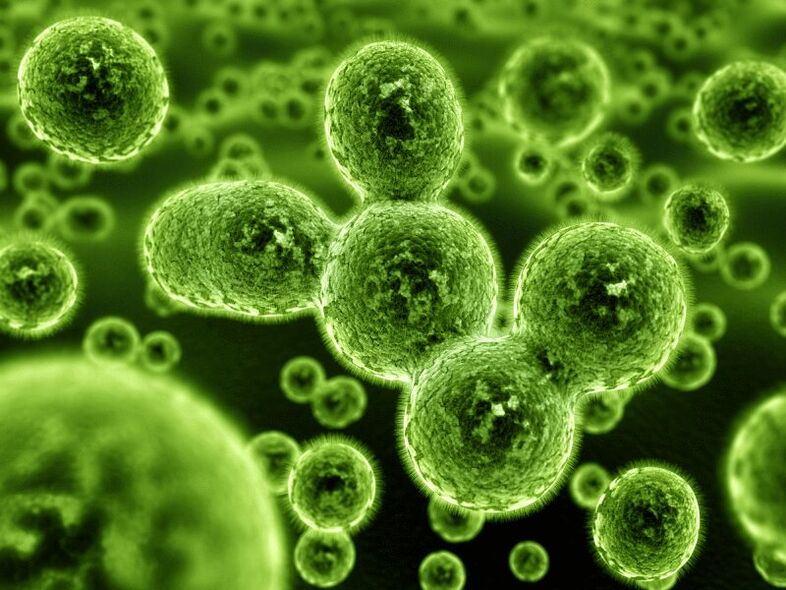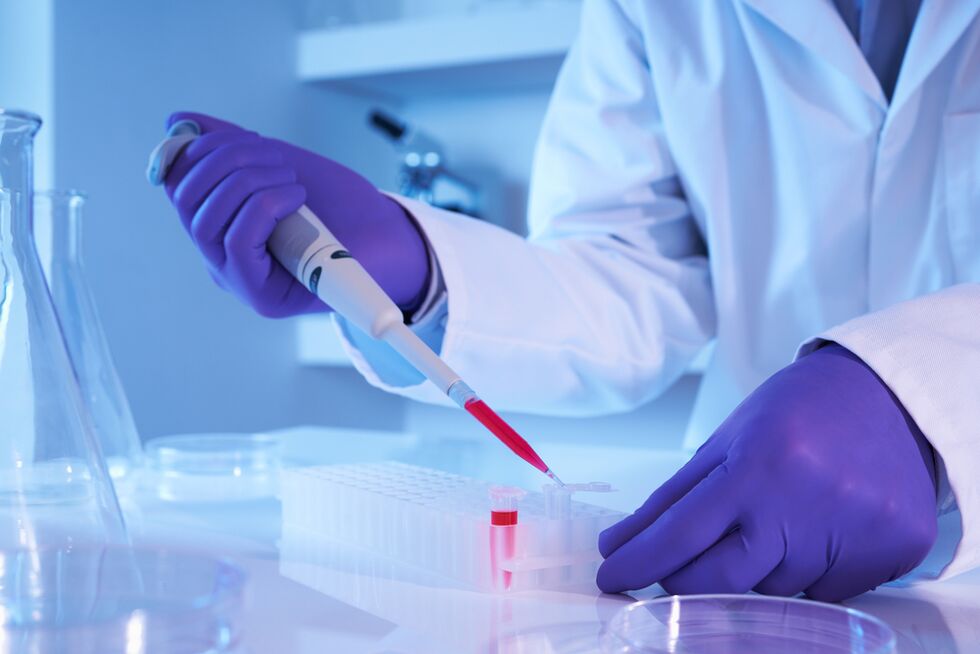
Chronic bacterial prostatitis is one of the most common diseases. This form of the disease is characterized by the frequency of its manifestation, and the lack of timely treatment can lead to various disorders - sexual dysfunction, as well as the development of prostatic hyperplasia. But what is the causative agent of the disease and what are the consequences if it is not treated? Let's take a closer look at these questions.
What is bacterial prostatitis?
Chronic bacterial prostatitis occurs in 15-20% of all people who have the underlying disease. This disease is typical of middle-aged men as they still have a normal sex life and there is a fairly high chance that harmful bacteria will get into their bodies. Harmful microorganisms in this type of prostatitis fall directly into the area of the prostate, where they actively reproduce and disrupt the activity of an organ that is so important for a man.
At the same time, inflammation can be promoted not only by the bacteria themselves, but also by their metabolic products.
Unlike other subspecies of the disease, bacterial chronic prostatitis has more pronounced symptoms, and microorganisms can not only spread within the gland, but also go beyond it, disrupting the functions of the bladder and other nearby organs.
Causes of the disease
The main cause of chronic prostatitis of a bacterial nature is bacteria that can enter the body both during sexual intercourse and from the environment. Among the pathogenic microbes, note the following:
- Chlamydia;
- Streptococci;
- Staphylococci;
- Klebsiella;
- Pseudomonas aeruginosa;
- Trichomonads;
- Gonococci;
- Enterobacteriaceae;
- Escherichia coli.

The most common causative agent of the disease is E. coli, as found in 80% of patients with prostatitis.
Individual factors and diseases can also aggravate the course of the disease and provoke its development. There is a high chance of developing chronic prostatitis in a man who:
- Leads an inactive lifestyle;
- Suffering from pyelonephritis or cystitis;
- Has weak immunity;
- Consumes alcoholic beverages and tobacco products;
- Often hypothermic;
- Prone to stress;
- suffer from constipation;
- Has an ugly sex life;
- Often comes into contact with direct sources of infection;
- Has hormonal disorders;
- Doesn't have a normal intimate life.

It is worth noting that chronic prostatitis, as a rule, is preceded by its acute form, so the patient has some time to prevent the development of the disease. The reason for developing a permanent form is the spread of bacteria throughout the body via the circulatory, lymphatic and other systems of the body, and once the immune system is weakened, for example with colds, the prostate can become inflamed, causing discomfort and aSeries of other consequences.
Symptoms
The main symptoms of chronic bacterial prostatitis are similar to those of other types. The patient can experience:
- Pain in the lower abdomen;
- The inflammatory process is accompanied by an increase in body temperature;
- Muscle fatigue and general weakening of the body are observed;
- Urination can be accompanied by pain;
- There is pain in the anus and rectum.
It is noteworthy that the symptoms of chronic prostatitis, in contrast to the acute form, are less pronounced. With an exacerbation of the disease, blood particles can be observed in the urine, and the pain syndrome increases significantly.

If you do not pay attention to these symptoms and do not consult a doctor in a timely manner, there is a fairly high probability of a complication in the form of:
- Development of purulent processes of the genitourinary system;
- Prostate adenomas;
- Problems with urine drainage;
- Stone prostatitis;
- Infertility;
- Sexual dysfunction.
Similar complications are also possible with incorrect treatment or self-medication without first consulting a doctor.
Diagnosis of the disease
The diagnosis of chronic bacterial prostatitis can be made on the basis of:
- General blood test - helps determine the shift in the leukocyte formula to the left, which indicates the course of inflammatory processes in the body;
- Routine urinalysis - determines the increase in the content of leukocytes and erythrocytes, which are produced to fight harmful microorganisms;
- A 3-glass urine sample - this analysis is similar to the usual one, only the changes in a 3-glass urine sample are more noticeable;
- Analysis of Prostate Secretion - With bacterial prostatitis, specific protein fragments appear in mystery;
- Uroflowmetry - observation of a patient to determine the daily amount of urine is usually carried out by the patient himself in a hospital setting and the results of the calculations are communicated to the attending physician.

Diagnostic methods are determined directly by a specialist. A diagnosis based on a classic examination and questioning is not possible.
Treatment methods
In the treatment of bacterial prostatitis, a course of treatment is prescribed, which consists of:
- Antibacterial drugs, the duration of admission is 1, 5-2 weeks;
- Nonsteroidal anti-inflammatory drugs - help reduce inflammation and relieve the patient from pain;
- Muscle relaxants - are prescribed for severe pain that does not allow the patient to empty the bladder, they relax the walls of the bladder.
An optional symptom of bacterial prostatitis is a depressed state, in which the patient is prescribed antidepressants. This helps relieve stress for the whole body, reduce the production of hormones that can negatively affect the course of the disease.
Even with chronic bacterial prostatitis, physical therapy courses are often prescribed, which may include one or more procedures:
- Electrophoresis - the introduction of special drugs under the influence of an electrical voltage of a special frequency;
- Ultrasound - activates the process of tissue regeneration, eliminates inflammation, prevents scarring and normalizes metabolism;
- Magnetic therapy - to normalize the blood circulatory process;
- Electrical smooth muscle stimulation - allows you to get rid of congestion, improves the movement of secretory secretions;
- Laser therapy - normalizes the performance of the prostate.
In some cases, prostate massage can also be used preventively to relieve pain and improve organ activity.
Chronic bacterial prostatitis has become more and more common in patients in recent years. This is mainly due to the increase in the registration of sexually transmitted diseases, especially chlamydia and candidiasis. This type of disease can occur regardless of age, although most commonly it affects weaker middle-aged organisms.
























